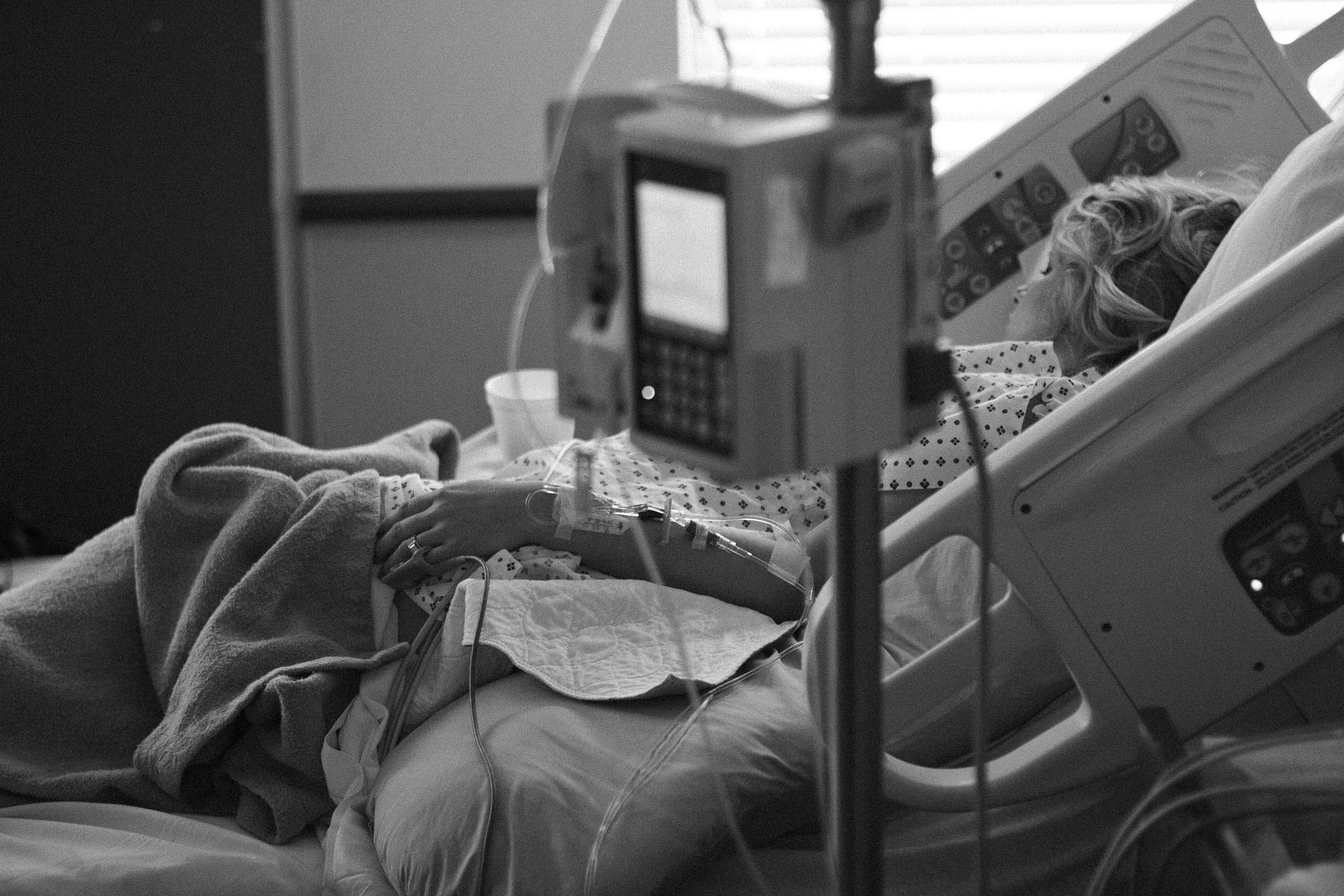COVID-19 Hospitalizations Broken Down by Vaccination Status
A recent study broke down hospitalizations associated with COVID-19 in adults between January 2021 and April of this year, based upon vaccination status.

We’re starting to see the early signs of a winter surge; cases are rising in the United States and abroad. This winter will be a test. Our first winter in which people have collectively decided “the pandemic is over.”
From President Biden’s comments to the non-existence of public health interventions in place, and even the challenges in getting people boosted with the bivalent shot, it seems as if the United States is officially done with COVID-19. Unfortunately, it’s not done with us. We’ve seen this though. Last winter, just before Thanksgiving, it felt the same. People were traveling again, saying the pandemic was over, and then Omicron hit.
As we wait to see what this winter brings, one worry comes to mind: we’ve been banking a lot on the vaccines and how they reduce severe disease and death, but what happens when people stop getting vaccinated and lose that protection?
The protection from vaccines is wonderful but if we stop getting boosted, what does this mean for COVID-19 morbidity and mortality? A new study published in Internal Medicine recently broke down hospitalizations associated with COVID-19 in adults between January 2021 and April of this year, based upon vaccination status. The research team performed a cross-sectional study and ultimately found that those hospitalizations associated with COVID-19 were 10.5 times higher in unvaccinated persons. Moreover, those vaccinated individuals who had not been boosted had a 2.5 times higher hospitalization rate when compared to those who were boosted.
The 192,509 hospitalizations assessed were telling in terms of the fluctuation in cases and hospitalization, which ranged in terms of monthly rates from 3.5 times to 17.7 higher in unvaccinated persons. “For July 2021 to December 2021 (Delta period) and January to April 2022 (Omicron period), cumulative hospitalization rate ratios in unvaccinated persons compared with vaccinated persons, regardless of booster dose status, were 12.2 (95% CI, 12.0-12.4) and 6.8 (95% CI, 6.6-6.9) for all adults 18 years or older, respectively. From January to April 2022, rates were 10.5 (95% CI, 10.2-10.8) and 2.5 (95% CI, 2.2-2.8) times higher in unvaccinated persons and vaccinated persons with no booster dose, respectively, compared with those who had received a booster dose (data not shown).”
The authors shared some interesting findings as well. The median time from most recent vaccine dose until hospital admission was 180 days in vaccinated cases, who also happened to be older and more likely to be White and residents of long-term care facilities (LTCF). Moreover, those vaccinated individuals who were hospitalized for COVID-19, were more likely to have immunosuppression when compared to unvaccinated cases, as we as having 3 or more underlying medical conditions. The authors also noted that, “The proportion of vaccinated persons admitted to the ICU was similar to that among unvaccinated persons (505 [19.5%] vs 1961 [21.7%], respectively; P = .13), as were proportions for in-hospital death (216 [10.1%] vs 802 [9.9%], respectively; P = .89). Median length of stay in vaccinated persons was shorter (median, 4.3 days [IQR, 1.9-8.9] vs 4.6 days.”
Ultimately, these findings underscore the importance of not only being vaccinated, but also boosted. For those of advanced age and with underlying medical conditions, it’s important to stay up-to-date (e.g. boosted) to avoid hospitalizations.

















